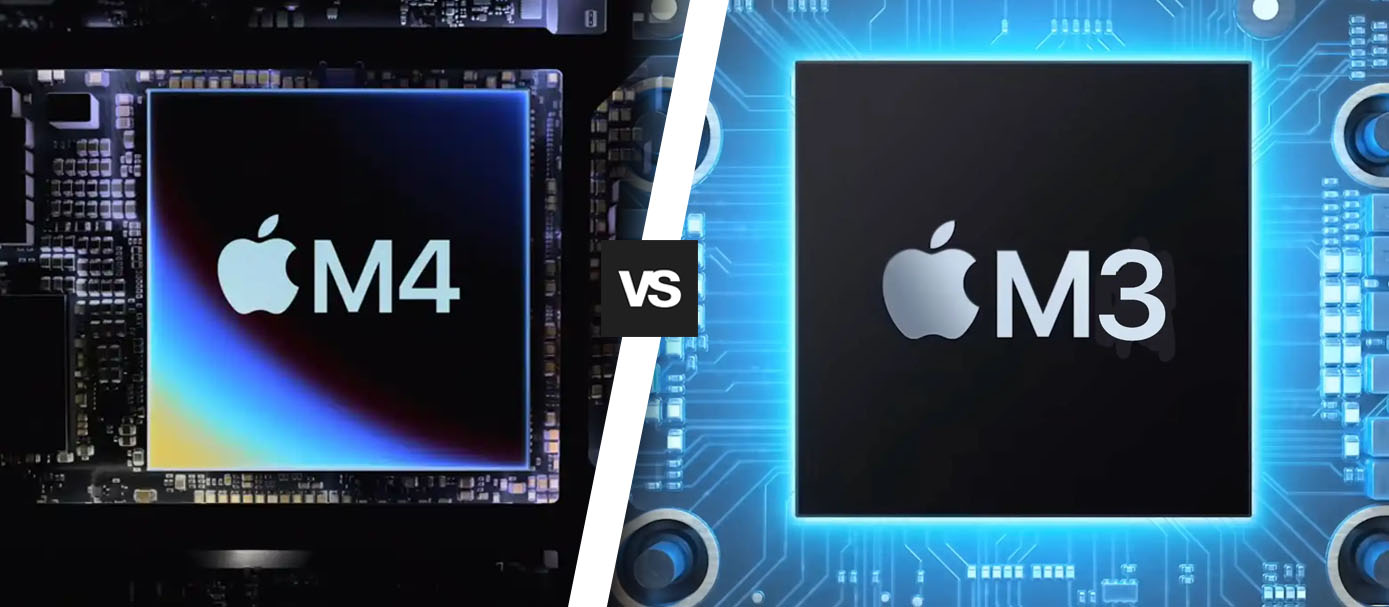Build a Django Discussion Forum: Step-by-Step Tutorial
Learn how to build a complete Django discussion forum with anonymous posting, user interactions, and...
Get instant access to the latest tech news, reviews, and programming tutorials on your device!
🔍 Search Latest International Tech News, Reviews & Programming Tutorials
Learn how to build a complete Django discussion forum with anonymous posting, user interactions, and...
These AI tools offer a range of functionalities to enhance the creative process for vloggers....
NASA astronaut Sunita Williams is returning to Earth with SpaceX’s Crew Dragon, utilizing advanced splashdown...

Complete M3 vs M4 chip comparison with real-world benchmarks, performance tests, and upgrade recommendations. Find out which Apple silicon is right for you.
The M4 chip represents a significant generational improvement over the M3, offering 20-25% faster single-core performance, 24-30% faster multi-core performance, and up to 65% better GPU performance depending on the variant. However, the M3 remains an excellent chip that handles most professional workloads with ease, making the upgrade decision dependent on specific use cases and performance requirements.
Apple's transition from M3 to M4 represents one of the most substantial year-over-year improvements in the company's silicon history. While both chips are built on 3-nanometer technology, the M4 incorporates significant architectural enhancements, additional transistors, and improved efficiency that translate to meaningful real-world performance gains.
Understanding the differences between these processors is crucial for anyone considering a Mac purchase or upgrade in 2025, as both remain current in Apple's lineup across different product categories.
The M4's additional efficiency cores and improved manufacturing process enable better multitasking performance while maintaining the excellent power characteristics that made the M3 generation so successful.
The M4's single-core improvements are immediately noticeable in everyday computing tasks:
Geekbench 6 Single-Core Results:
Cinebench 2024 Single-Core:
This single-core improvement translates to faster app launches, more responsive user interfaces, and better performance in lightly-threaded applications.
The M4's additional efficiency cores and architectural improvements deliver substantial multi-core gains:
Geekbench 6 Multi-Core Results:
Cinebench 2024 Multi-Core:
The multi-core improvements are particularly beneficial for professional workflows involving video editing, software compilation, and content creation.
The M4's GPU improvements represent one of the most significant generational leaps:
Metal API Performance:
Gaming Performance (Shadow of the Tomb Raider):
For creative professionals, the GPU improvements translate to meaningful workflow enhancements:
Cinebench 2024 GPU Results:
The M4's enhanced ray-tracing capabilities, 2x faster ray-tracing engine, and improved graphics architecture make it notably more capable for 3D rendering and GPU-accelerated tasks.
The Pro variants show even more dramatic improvements:
CPU Performance (Geekbench 6):
GPU Performance:
The Max variants demonstrate the full potential of each generation:
CPU Specifications:
GPU Specifications:
The M4 generation brings significant memory bandwidth enhancements:
Memory Bandwidth:
Memory Configurations:
The M4's higher base memory configuration (16GB vs 8GB) significantly improves multitasking performance and future-proofs devices better.
Storage speeds vary significantly between configurations:
M3 Storage Performance:
M4 Storage Performance:
Both generations feature 16-core Neural Engines, but with different capabilities:
M3 Neural Engine:
M4 Neural Engine:
Real-World AI Performance:
The M4's AI improvements are most noticeable in Apple Intelligence features, photo processing, and on-device transcription tasks.
Both generations maintain excellent power efficiency:
M3 Power Characteristics:
M4 Power Characteristics:
Real-World Battery Life:
The M4 maintains the M3's excellent power efficiency while delivering substantially more performance, representing a true efficiency improvement.
For software developers, the M4 shows meaningful improvements:
Development Benchmarks:
Content creators see substantial benefits from M4:
Adobe Creative Suite Performance:
3D Rendering (Blender):
Both chips handle casual gaming excellently:
Light Gaming Performance:
More demanding games show the M4's advantages:
AAA Gaming Results:
The M4's improved GPU and ray-tracing capabilities make it notably more capable for serious gaming scenarios.
M3-Powered Devices:
M4-Powered Devices:
M3 Advantages:
M4 Advantages:
Strong upgrade candidates:
Who can stay with M3:
Choose M3 if:
Choose M4 if:
For full-stack developers, the M4 shows measurable improvements:
Development Environment Performance:
Video editors and content creators see substantial benefits:
4K Video Export (10-minute timeline):
For AI/ML workloads, the M4's improvements are significant:
Python ML Training:
Both chips benefit from excellent software support:
M3 Future Support:
M4 Future Support:
The M4 includes several forward-looking technologies:
M4 Advantages:
The M3 vs M4 decision ultimately depends on your specific use case, performance requirements, and budget constraints. The M4 represents a substantial improvement over the M3, with 20-30% better CPU performance, up to 65% better GPU performance, and enhanced AI capabilities that make it genuinely faster for professional workloads.
However, the M3 remains an exceptional processor that handles the vast majority of computing tasks with ease. For casual users and even many professionals, the M3 provides more than adequate performance and represents excellent value, especially as prices drop on remaining inventory.
Choose M4 if: You're a professional whose workflow benefits from the performance improvements, you want the latest features and future-proofing, or you're planning a long-term device purchase.
Choose M3 if: You're budget-conscious, have moderate performance needs, or are satisfied with proven, reliable performance that handles most tasks excellently.
Both processors represent the pinnacle of mobile computing performance, and either choice will provide years of excellent service. The decision comes down to whether the M4's performance improvements justify the price premium for your specific needs.
Final Recommendation: For most users, the M3 remains highly capable and cost-effective. For professionals with demanding workloads, the M4's improvements provide meaningful productivity benefits that can justify the upgrade cost.
Comments & Discussion